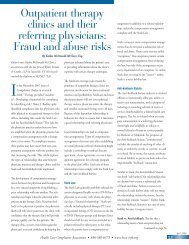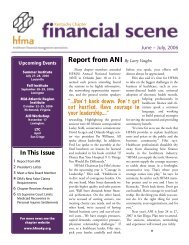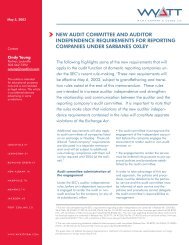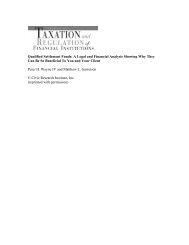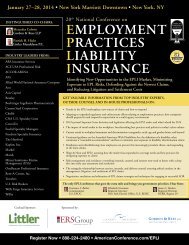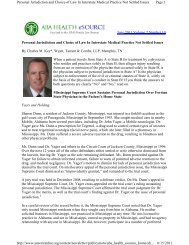Estate Planning in a Low Interest Rate Environment – Grantor ...
Estate Planning in a Low Interest Rate Environment – Grantor ...
Estate Planning in a Low Interest Rate Environment – Grantor ...
Create successful ePaper yourself
Turn your PDF publications into a flip-book with our unique Google optimized e-Paper software.
3. The value of the assets transferred, less the present value of the annuity payments<br />
reta<strong>in</strong>ed by the grantor, is a gift to the trust for gift tax purposes. In most circumstances,<br />
the annuity payments back to the grantor are “solved for” such that the gift is equal or<br />
close to $0.<br />
4. The IRS assumes that the assets <strong>in</strong> the GRAT produce a total return equal to a prescribed<br />
<strong>in</strong>terest rate under Code 4 §7520. For July 2009, the §7520 rate is 3.40%.<br />
5. The trust assets (or cash flows generated from the trust assets) are used to make the<br />
annuity payments after the trust is funded. If the trust assets produce a total return over<br />
the term <strong>in</strong> excess of the §7520 rate, then there may be assets rema<strong>in</strong><strong>in</strong>g <strong>in</strong> the trust after<br />
the last annuity payment is made. If so, then the rema<strong>in</strong><strong>in</strong>g assets are available for the<br />
grantor’s beneficiaries and are not subject to federal estate taxes or state <strong>in</strong>heritance taxes<br />
at the grantor’s death.<br />
The key to mak<strong>in</strong>g a GRAT “successful” (i.e. hav<strong>in</strong>g assets left <strong>in</strong> the trust after the term<br />
ends and after all annuity payments have been made) is to transfer assets that produce a total<br />
return <strong>in</strong> excess of the <strong>in</strong>terest rate assumption required by the IRS at the time the GRAT is<br />
funded (i.e., the §7520 rate or 3.40% for July 2009).<br />
Example 1 - GRAT<br />
Assume $1,000,000 <strong>in</strong> marketable securities is transferred to a n<strong>in</strong>e (9) year GRAT <strong>in</strong><br />
July 2009 when the §7520 rate is 3.40%. The GRAT is “zeroed out,” mean<strong>in</strong>g that the value of<br />
the assets transferred is equal to the present value of the annuity payments to be received by the<br />
grantor based on the §7520 rate, result<strong>in</strong>g <strong>in</strong> a gift to the trust of $0.<br />
The yearly annuity payment required to zero out the GRAT <strong>in</strong> this circumstance is<br />
$130,840 5 . The trust cash flows and assets are shown below, assum<strong>in</strong>g an eight percent (8%)<br />
total return each year.<br />
4 References to the “Code” are to the Internal Revenue Code of 1986, as amended.<br />
5 This amount is solved for. The present value of these annuity payments at 3.40% equals $1,000,000 (assumes end<br />
of year payments).



